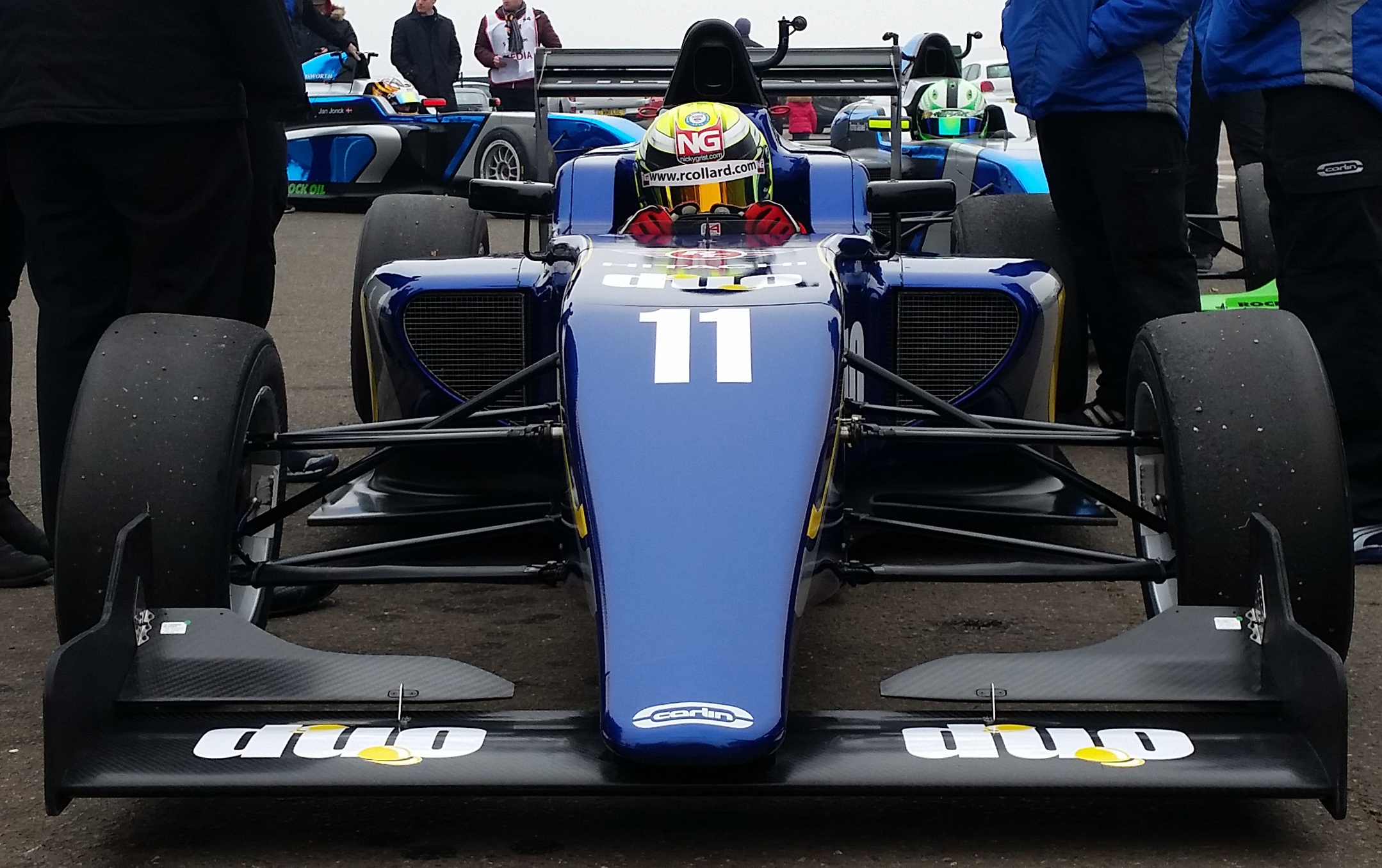If you’re reading this, there’s a chance that either you or someone you care for has cancer and has been told they may need to have a peg feed for throat cancer recovery. First of all, sorry to learn that. It’s a scary time for you. I know from experience what you are going through.
When my dad was diagnosed with throat cancer in 2016, he was told that he would need to keep his weight stable for the radiotherapy to be directed at the correct place in his neck. He was also told that if he was unable to eat or maintain his weight, it may be necessary for him to have an NG tube (nasogastric tube) inserted via his nose to his stomach to feed him.
At the time (prior to surgery), he was also offered a PEG feed (percutaneous endoscopic gastrostomy) which could feed him via a tube into his stomach. The PEG feed sounded extreme to him and use, and it wasn’t something he wanted. PEG feeding also carries a risk of infection.
However, by the time his radiotherapy was over he was in a bad way, and was admitted to hospital. Unfortunately for him, he was one of the 10% who was left unable to swallow even water due to the inflammation, and he was unable to tolerate an NG tube down his throat. It was at this point that he sad he would have opted for the PEG feed in hindsight.
Lack of information
The problem with making the decision over the PEG feed was a lack of information. No one is to blame for this. It’s just a case of their being a lack of experience with cancer survival of this type. To be blunt, 15 years ago he probably wouldn’t have got even as far as radiotherapy: the tumour in his neck would have killed him. Today, he has a 75% chance of complete remission of the cancer. But that means that there is still an unclear understanding of how people recovery from throat cancer and different people react in different ways to radiotherapy. It’s still early days in terms of cancer recovery.
So, Should I have a peg feed for throat cancer recovery?
It’s a hard one to answer, every case is different, but my dad says he wishes he had opted for the PEG feed. He said that the pain of them attempting to install the NG tube was excruciating (they tried multiple times over many days, and on two occasions he turned purple).
For cancer recovery you need good nutrition. You need protein. If you can’t swallow, and IV saline drip isn’t going to be enough to help your body repair it’s cells. If your throat is inflamed form the radiotherapy (which it probably will be) you’re not going to want them to force a tube down it.
My dad sad that i hindsight, he wishes he’d opted for the peg feed from the outset.
You dip around 7 to 14 days after the radiotherapy
Radiotherapy is arguably less stressful to the body than chemotherapy, but it’s not without side effects. Most patients of radiotherapy notice a slow decrease in their strength over the first couple of weeks. However, you’re much likely to feel at your worst between 7 to 14 days after the radiotherapy finishes.
So, when considering a PEG feed, try to remember that two weeks after your treatment you are going to feel at your weakest. Consider whether you are going to be strong enough to drink and eat, and whether you want the distress of having feeding tube inserted at that time.

Businessman, camping enthusiast, Formula One fan and Real Ale drinker.